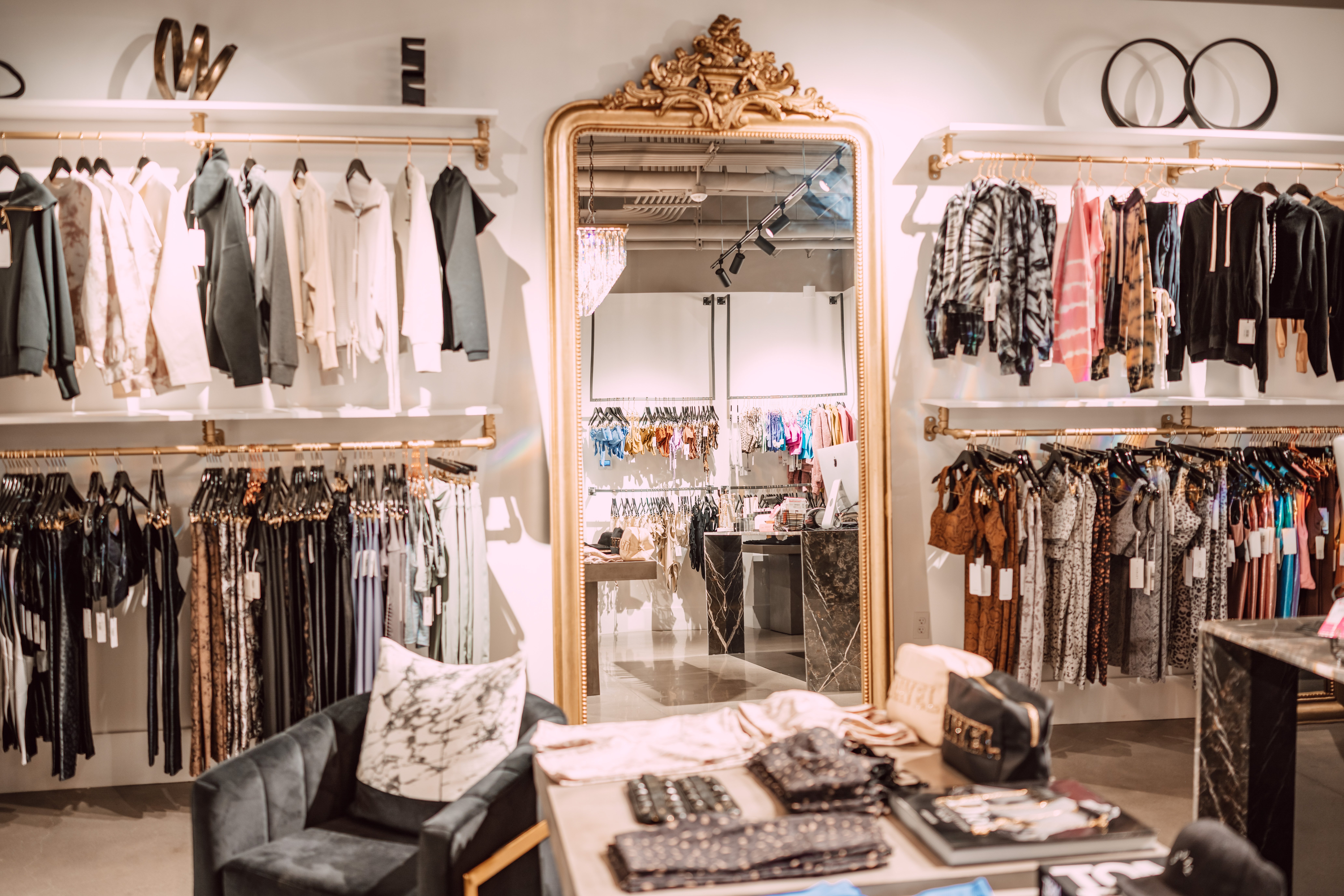Introducing the Tricks Behind Cost Effective Boutique Fashion
Wiki Article
A Deep Study the World of High-Fashion Runways: Recognizing Clothes as Art
High-fashion paths have actually become arenas where clothing transcends its utilitarian origins, progressing right into an innovative kind of artistic expression. Designers, just like masterful artists, weave intricate narratives through color, textile, and form, redefining and challenging conventional norms elegance criteria. These programs are greater than mere displays; they are immersive experiences, where every stitch and seam informs a tale abundant with social relevance and avant-garde technology. As we discover these sartorial eyeglasses, we must consider: what function does style play fit social values, and how does it reflect the ever-changing tapestry of human emotion and identification?The Advancement of Runway Shows
The trajectory of runway programs has changed significantly over the years, developing from unique market events to fascinating spectacles that blend style with art. Commonly, path programs were intimate events, kept in ateliers or small locations, largely gone to by customers and industry experts. These very early discussions concentrated on the garments' craftsmanship and business practicality, supplying a straight and practical display screen of seasonal collections.As the fashion business increased, the nature of runway programs started to transform. The 1970s and 1980s marked a transforming factor, with designers seeking to identify themselves through more theatrical discussions. This period saw the increase of fancy collections, choreographed versions, and thematic stories, heralding a new age where the runway ended up being an experiential platform. The programs transformed right into a form of storytelling, where each collection shared a distinct narrative or idea.
In recent times, innovation and social media have further transformed path programs, making them available to a worldwide audience. Livestreaming and electronic platforms have actually equalized fashion, allowing fanatics worldwide to witness these events in real-time (boutique fashion). This advancement shows a more comprehensive cultural change, where high-fashion runways act as a dynamic crossway of innovation, efficiency, and design
Designers as Dreamer Artists
Developers in the high-fashion sector have blurred the lines in between practical garment creation and the theoretical world of art. By welcoming creative self-controls such as sculpture, painting, and avant-garde installments, developers craft garments that challenge standard style norms and boost them to art forms.Visionary developers attract inspiration from a myriad of resources, consisting of abstract art, historic referrals, and individual narratives. They have a special capability to envision and appear concepts that press the borders of conventional style, often redefining visual standards while doing so. This creative ingenuity is showcased with significant shapes, cutting-edge products, and elaborate workmanship, which invite viewers to experience fashion as even more than just wearable things.
In addition, the runway works as a canvas for these musicians, where lights, songs, and set design coalesce to produce immersive experiences. These presentations are not merely screens of garments but are orchestrated performances that stimulate feeling and prompt thought, verifying the developer's role as a real artist in the contemporary social landscape.
Cultural Influences in Fashion
Social tapestry weaves its complex patterns right into the textile of fashion, affecting designers around the world. The dynamic interchange of cultural tales, traditions, and signs notifies and motivates collections that elegance high-fashion paths.The impact of society on style is typically seen in the reinterpretation of traditional garments and patterns. As an example, making use of Japanese bathrobes, Indian saris, or African prints in modern fashion mirrors a blend of social authenticity and modern-day aesthetic appeals. Developers such as Valentino's Pierpaolo Piccioli and Alexander McQueen's Sarah Burton have been understood to include rich cultural concepts into their couture collections, equating background into wearable art.

Technology in Fabric and Layout
Development in fabric and layout constantly next improves the landscape of high-fashion, pressing limits and redefining possibilities. Developers are increasingly exploring the assimilation of innovation, such as 3D printing, which allows for the creation of complex frameworks that were previously unbelievable.The fashion sector is witnessing a rise in the usage of environment-friendly products, acquired from recycled plastics, organic fibers, and also eco-friendly components. Designers are welcoming these products to craft garments that are both mindful and aesthetically striking of their ecological footprint.
In terms of style, speculative kinds and progressive silhouettes are continually transforming the runway. By incorporating non-traditional products and advanced methods, designers cultivate garments that blur the line in between style and art, establishing brand-new criteria for creativity and expression in the high-fashion round.
Influence of Style on Society
Fashion wields a profound impact on culture, offering as both a representation of cultural identification and a stimulant for social modification (boutique fashion). With its development, fashion has mirrored social shifts, encapsulating the zeitgeist of numerous eras.In addition, style has the power to bridge social voids, fostering understanding and admiration amongst diverse teams. As globalisation speeds up, the cross-cultural exchange of fashion concepts ends up being increasingly substantial, promoting inclusivity and diversity. The surge of streetwear, originating from urban subcultures, highlights exactly how style can go beyond socio-economic boundaries, providing individuals a means of self-expression and empowerment.
Basically, style is not simply concerning visual appeals; it is a dynamic pressure that influences worths, you could check here attitudes, and societal progression (boutique fashion). By constantly connecting with social and social currents, fashion remains an indispensable component of the cumulative human experience

Final Thought
High-fashion paths serve as vibrant sectors where clothing goes beyond functionality to come to be a meaningful art kind. Developers, akin to visionary musicians, orchestrate collections that show identification, feeling, and social narratives, testing standard looks. The combination of ingenious textile and style, combined with fancy set designs, illumination, and songs, produces immersive experiences that commemorate cultural diversity. This crossway of fashion and virtuosity not only captivates target markets worldwide however additionally affects societal perceptions and promotes a deeper recognition for cultural diversity.
Social tapestry weaves its detailed patterns into the fabric of fashion, influencing developers around the world.Fashion wields a profound impact on culture, serving as both a representation of cultural identification and a catalyst for social change.
Report this wiki page